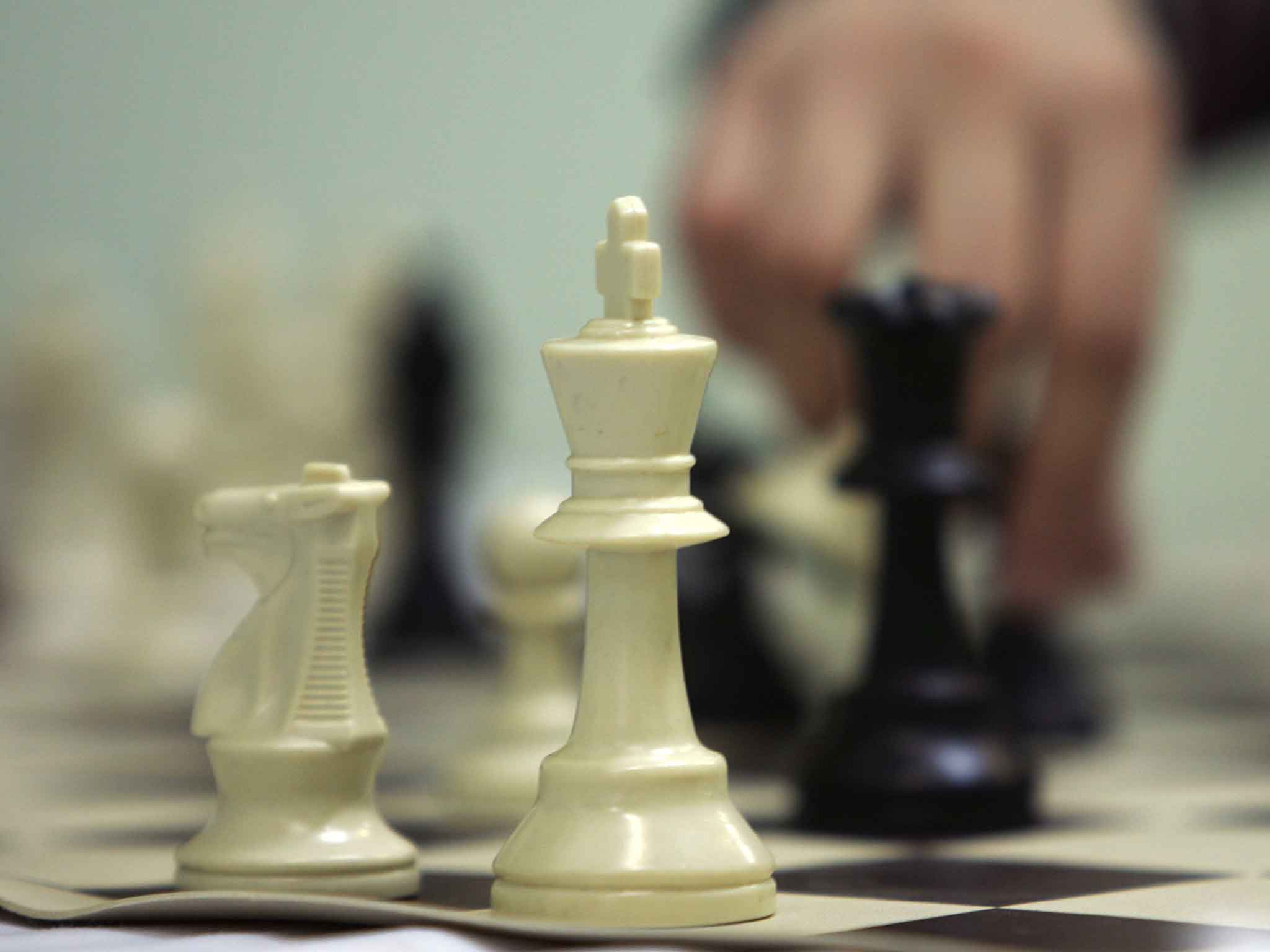Machine teaches itself chess in 24 hours, attains international master level without being told the rules
Engine was built by a student, but used a ‘neural network’ to learn everything on its own

A student has built a computer that managed to teach itself chess, and in just three days attained a level of skill comparable with some of the world’s most skilful players.
In the last two decades computers have become exponentially more powerful, but the “brute force” method of evaluating 200 million moves per second that Deep Blue employed was still the norm. Matthew Lai instead trained a “neural network” using example situations from real games of chess.
Rather than searching through all possible future moves and calculating the best one, Giraffe was programmed to learn the game in a similar way to humans, at a greatly accelerated rate.
Lai’s machine was built with a neural network which was fed 175 million examples of real games. It then evaluated the pieces in play and, contrary to traditional chess machines, predicted which move of the millions of possibilities would be strong and which would be weak.
Inspired by the human brain, the network’s nodes change as they are fed information, simulating the human process of learning by experience. Thanks to recent advances in computer speeds, these neural networks have grown in size and complexity, greatly increasing their power and proficiency.
In pictures: Artificial intelligence through history
Show all 7Lai explained to Technology Review that “unlike most chess engines in existence today, Giraffe derives its playing strength not from being able to see very far ahead, but from being able to evaluate tricky positions accurately, and understanding complicated positional concepts that are intuitive to humans, but have been elusive to chess engines for a long time.”
Giraffe wasn’t built to become the best chess engine, but to demonstrate the potential power of computer learning. Neural networks like the one found in Giraffe are already outperforming humans in many areas of pattern recognition, with Google Deepmind matching game testers in classic Atari 2600 games.
Beyond playing games, Deep Learning Machines have a potential future in image recognition, drug discovery and even customer relations. As a potential step towards powerful artificial intelligence Facebook, Microsoft and Google have all invested in Deep Learning technologies in the past five years.
Subscribe to Independent Premium to bookmark this article
Want to bookmark your favourite articles and stories to read or reference later? Start your Independent Premium subscription today.

Join our commenting forum
Join thought-provoking conversations, follow other Independent readers and see their replies